According to experts, after floods there is a potential risk of outbreaks of many easily transmitted diseases such as measles, dengue fever, flu,...
According to information from the infectious disease surveillance system, by the end of August 2024, measles cases increased more than 8 times, and whooping cough cases increased more than 25 times compared to the same period in 2023.
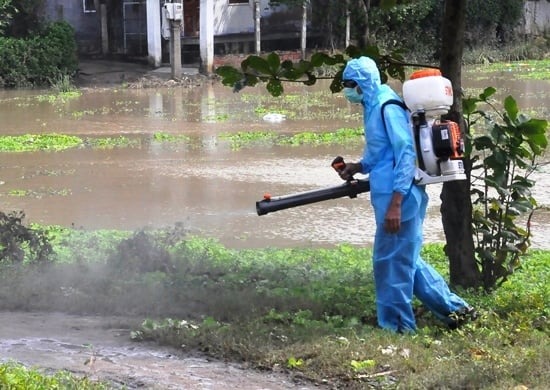 |
| After floods, the risk of infectious diseases increases. |
The Ministry of Health is concerned that after the floods, the whole country is entering the new school year, students at all levels are returning to school; the risk of contracting infectious diseases is increasing, especially with some infectious diseases such as measles, whooping cough, hand, foot and mouth disease and some diseases transmitted through the respiratory tract.
The current hot weather forecast with heavy rain is favorable for the emergence of disease-carrying mosquitoes; monitoring results at some outbreak areas still recorded insect indexes exceeding the risk threshold, forecasting the number of cases to continue to increase in the coming time. In other localities across the country, there have also been sporadic cases of dengue fever, measles, whooping cough, etc.
Mr. Tran Dac Phu, former Director of the Department of Preventive Medicine , Ministry of Health, said that after floods, the diseases with the highest risk are diarrhea, pink eye, respiratory infections, flu...
In areas after rain and floods, digestive diseases often increase significantly. Common digestive diseases include cholera, dysentery, typhoid, bacterial infections, and food poisoning caused by bacteria. This group of diseases often causes epidemics with basic symptoms such as abdominal pain and acute diarrhea. Children are also at risk of hand, foot, and mouth disease.
A humid, polluted environment is a favorable condition for mosquitoes to develop, so dengue fever is very likely to occur. On the other hand, after floods, diseases caused by disease vectors develop strongly. These are diseases that are very contagious and cause widespread outbreaks. Typical of these are dengue fever, common viral fever and malaria.
Humid weather and heavy rain increase the risk of respiratory diseases, the most common of which are flu and colds. More severe symptoms include high fever, prolonged fever, chills and sweating, and severe fatigue.
In some cases, colds and flu can lead to pneumonia, sinusitis, ear infections or sore throats. Respiratory diseases are often highly contagious, causing epidemics, making treatment difficult. Pink eye can also easily become an epidemic in places where sanitation and clean water are not guaranteed.
During the rainy season, humid weather creates favorable conditions for viruses to develop, along with the habit of using contaminated well water. These are the reasons why the number of people with pink eye increases during the rainy season.
After floods, due to poor hygiene conditions, the environment and water sources are polluted and contain many disease-causing bacteria, including bacteria that cause skin diseases.
Dr. Pham Thi Minh Phuong, Head of the Examination Department, Central Dermatology Hospital, said that when the weather changes, there is a lot of rain and wind, high humidity; many flooded areas... make people susceptible to skin diseases.
Especially during the rainy season, the most common skin diseases are skin diseases caused by bacteria and fungi.
The most common fungal skin diseases are athlete's foot and toenail fungus. The main cause is that people wade in water a lot, causing the skin to soften and its ability to protect against the environment to decrease, making it easier for external agents such as fungi to penetrate. Fungi grow easily in hot and humid environments, so during the rainy season, people are susceptible to athlete's foot, toenail fungus, etc.
To prevent the risk of contracting infectious diseases that can easily spread into epidemics, the Department of Preventive Medicine recommends that people implement measures to ensure personal hygiene, environmental hygiene, and food safety after days of flooding.
Along with that, instructions are given that after heavy rains and floods, it is necessary to carry out environmental sanitation activities, ensuring that the environment is cleaned as the water recedes.
The health sector will monitor, detect and handle risks of infectious diseases occurring after storms such as diarrhea, pink eye, respiratory infections, foot rot, flu; especially diseases transmitted through the digestive tract such as cholera, dysentery, typhoid, etc.
The Department of Preventive Medicine recommends that anyone is at risk of foodborne infections. Therefore, to prevent these diseases, everyone needs to maintain good personal hygiene and living environment.
Improve personal hygiene, environmental hygiene, wash hands regularly with soap and clean water, especially before and after eating. Ensure food safety and hygiene, eat cooked food, drink boiled water, do not drink raw water. Do not eat food that shows signs of spoilage, food that is easily contaminated.
After floods, localities need to quickly clean up the environment, bury animal carcasses, and clean houses with cleaning chemicals. This is very effective in preventing food poisoning and foodborne diseases.
In addition to Chloramine B, people can use alum and lime to treat contaminated water sources. After 30 minutes, the sediment will settle to the bottom and you can decant the water to get clear water, but it still has to be boiled before drinking.
According to Dr. Bui Thi Viet Hoa, Safpo/Potec Vaccination System, to limit the spread of disease during storms and floods, people need to take good preventive measures such as ensuring personal hygiene, covering their mouths when sneezing; washing hands with soap; and cleaning their nose and throat daily with saline.
In addition, it is necessary to maintain a reasonable diet, eat cooked food and drink boiled water, do not drink raw water, limit contact with sick people and get fully vaccinated.
Source: https://baodautu.vn/nguy-co-dich-benh-xuat-hien-sau-mua-lu-d224421.html





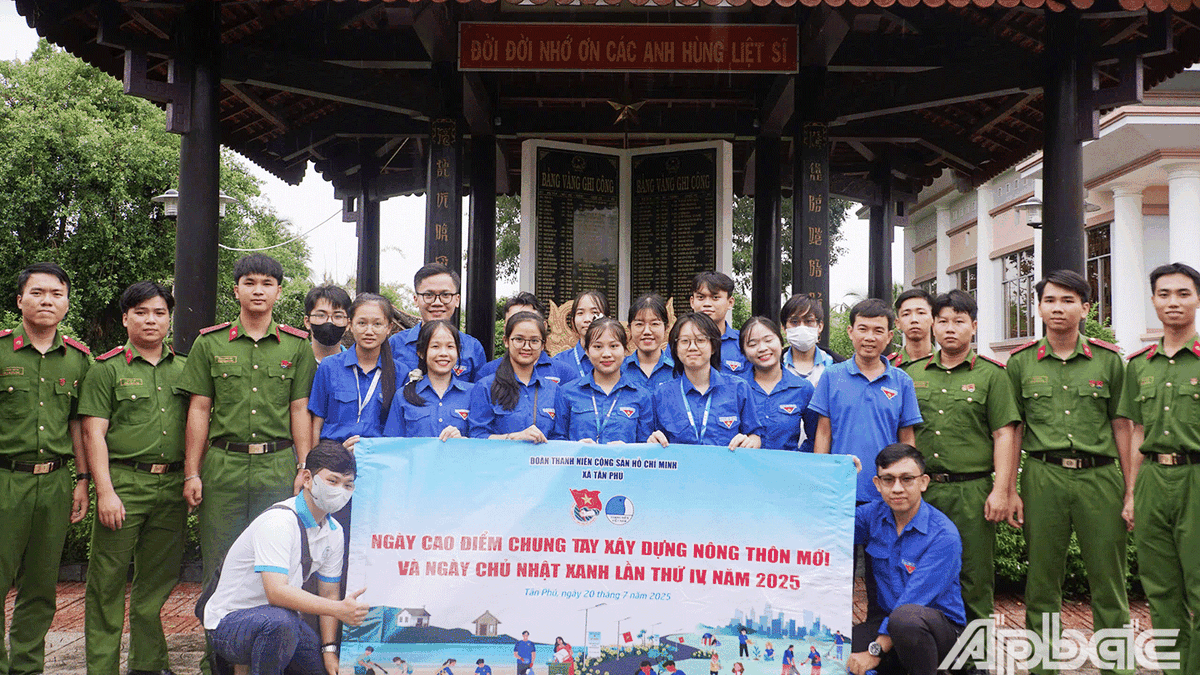


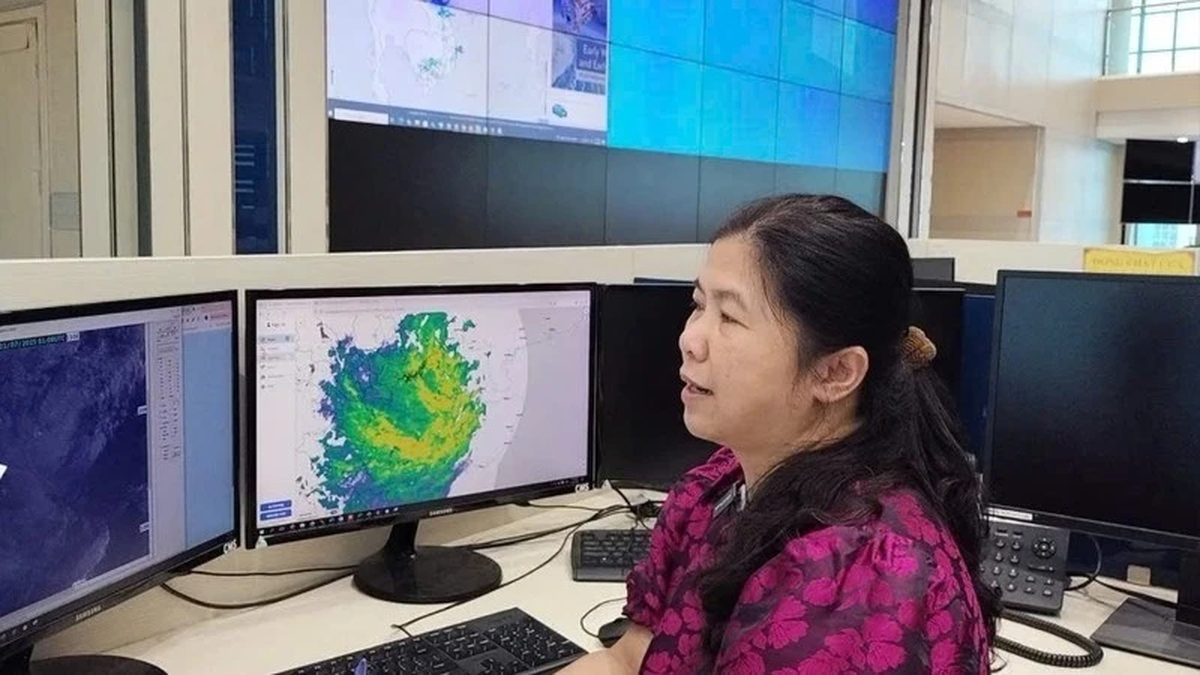

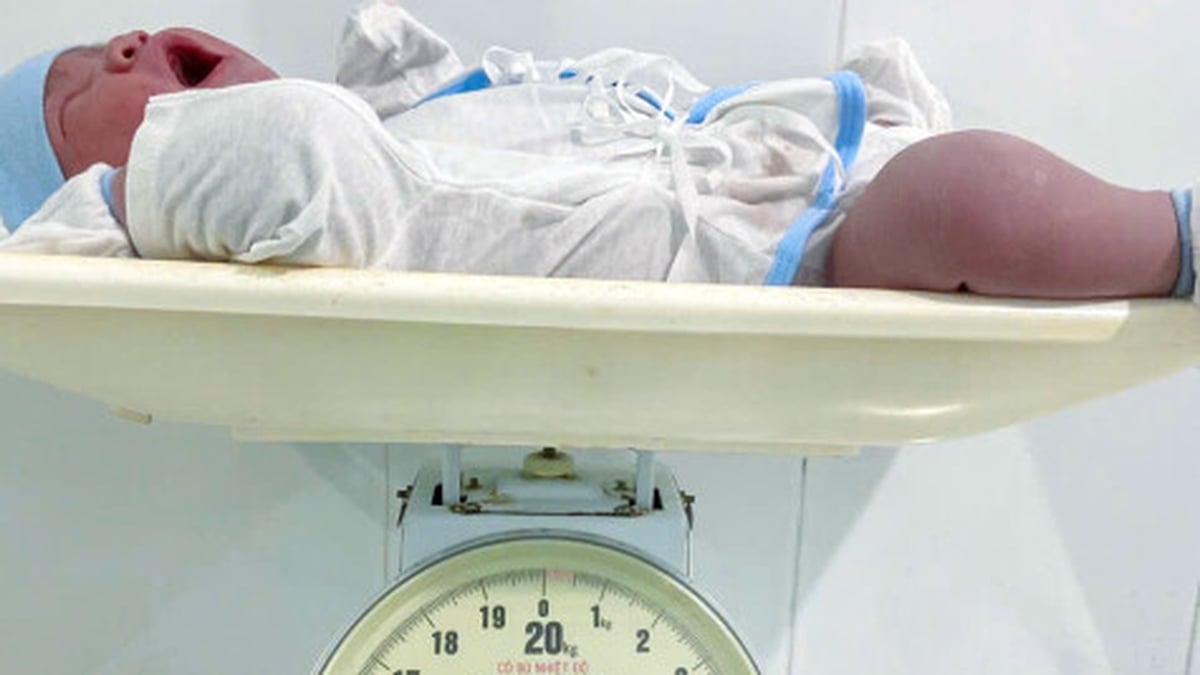




















![[Photo] National Assembly Chairman Tran Thanh Man visits Vietnamese Heroic Mother Ta Thi Tran](https://vphoto.vietnam.vn/thumb/1200x675/vietnam/resource/IMAGE/2025/7/20/765c0bd057dd44ad83ab89fe0255b783)




































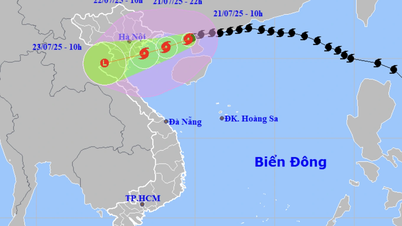



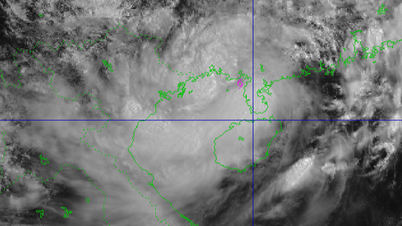






























Comment (0)